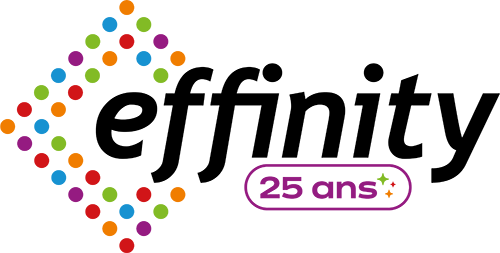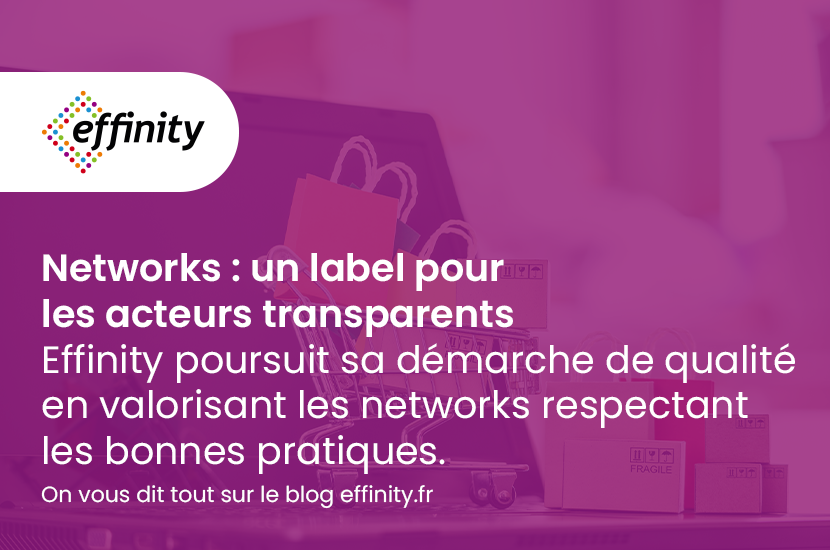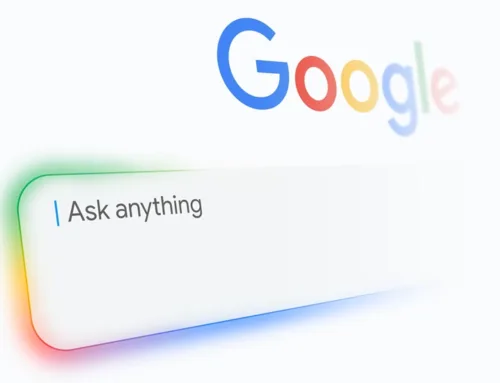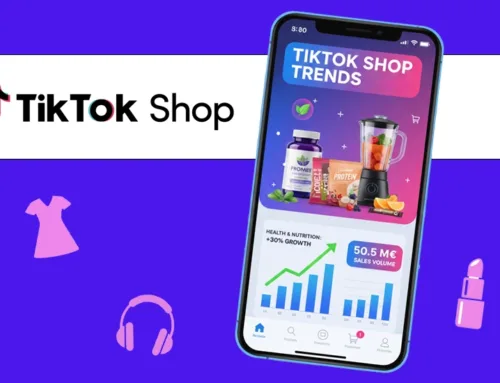This article is based on the content of an Effinity webinar. Watch the video for full details. Watch the video.
Advertisers’ confidence in Affiliate Networks has been steadily declining in recent years, and rightly so, given the opaque practices of certain monetization networks. This diminished trust has led to a significant drop in investment in this type of affiliate player. These opaque practices were previously considered legitimate, since the networks were merely protecting their publishers from potential solicitations.
Networks, a comprehensive range of programs, technologies and positioning useful to publishers
There’s no denying that monetization networks bring added value to publishers thanks to the comprehensiveness of the programs on offer. They have relationships with over 50 affiliate platforms worldwide, which can represent up to 60,000 affiliate programs accessible to a publisher. The fact that they are a one-stop shop, enabling publishers to centralize their numerous partnerships, is a major advantage. Finally, their technologies are necessary for monetizing forums, and this is a real benefit for certain media that operate on an editorial basis, and are not monetization specialists. These two facts add up to productivity gains in content monetization, and a reduction in the administrative burden associated with affiliate marketing for publishers.
More transparent, higher-quality Networks
Effinity has always insisted on the need for transparency, in its desire to control the distribution of its advertisers and aware of the high potential of Networks. With this in mind, Effinity has introduced two labels for 2022: one for couponers who have signed the CPA charter, and a new label for Networks, awarded to those who demonstrate total transparency regarding the publishers who bring in business, and who have a quality network. Ultimately, advertisers will benefit from a better understanding and control of their actions. Only 3 market players met the requirements of Effinity and its merchant partners. In order of cooperation, they are Skimlinks, Digidip and Sovrn (formerly VigLink). Skimlinks is a public network with over 60,000 publishers, and aggregates programs from more than 50 affiliate platforms. Some publishers work exclusively with Skimlinks, such as Yahoo and the Condé Nast group (Vogue, GQ magazine, etc.). Digidip is a private, invitation-only network that focuses on high-audience sites (over a million unique monthly visitors) and features publishers such as Dealabs, VoyagesPirates, Magic Maman, Marie Claire, ELLE. Digidip was founded in 2013 and has since won several awards on the startup scene, including in 2019 thirty-fourth place in the “FT 1000: Europe’s Fastest Growing Companies” Sovrn (VigLink) is a public network with over 40,000 publishers and supports, for example, MSN or affiliate solutions such as Tipser (product comparison solution for publishers). Effinity promotes these accredited players and encourages advertisers to give them priority. To identify them within the platform, an orange label pictogram has been added to the nickname. Labeled publishers are now quickly and easily recognizable. However, all Networks are free to apply for all programs that allow this type of label: each advertiser is free to work with the publishers of their choice. Network labeling is a continuation of our quality approach involving all players in the sector. The aim is to protect and perpetuate this lever by re-establishing a relationship of trust. https://youtu.be/PzohoLU3P-c
Mis à jour le 23 January 2025
Mis à jour le 23 January 2025




